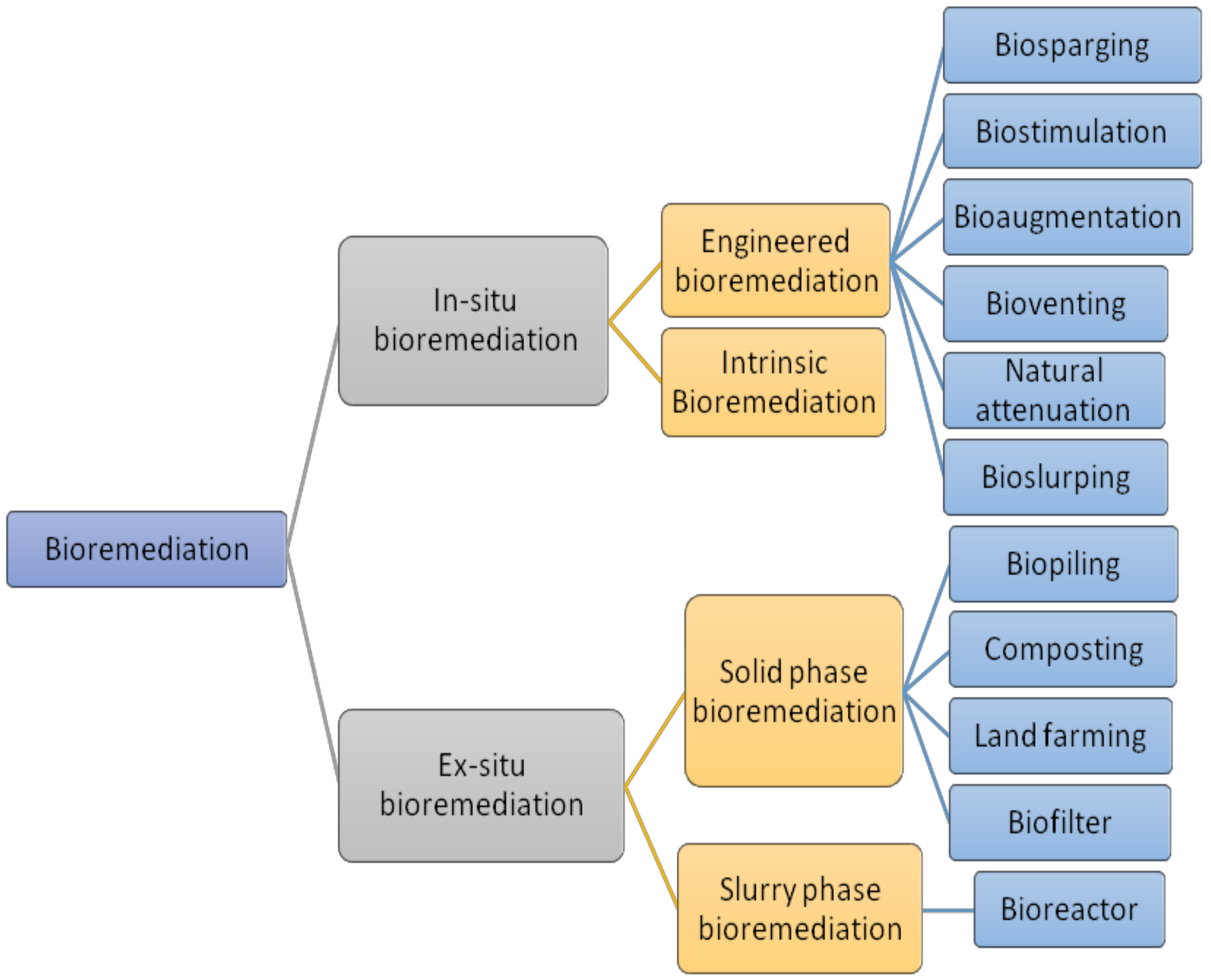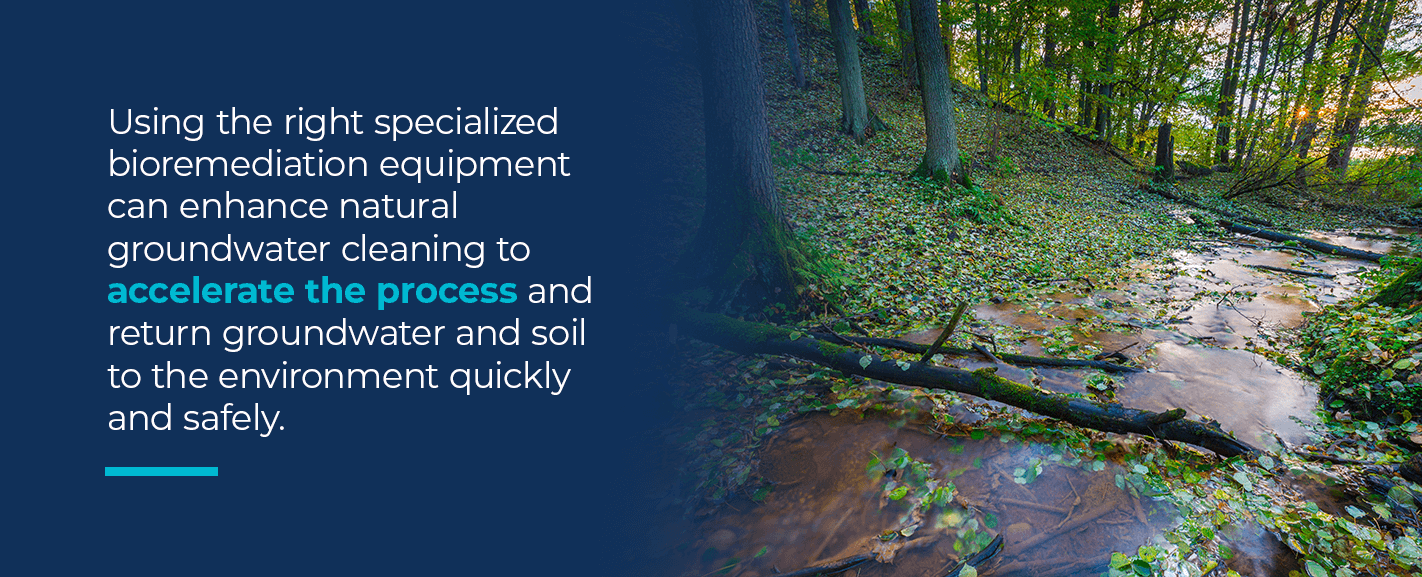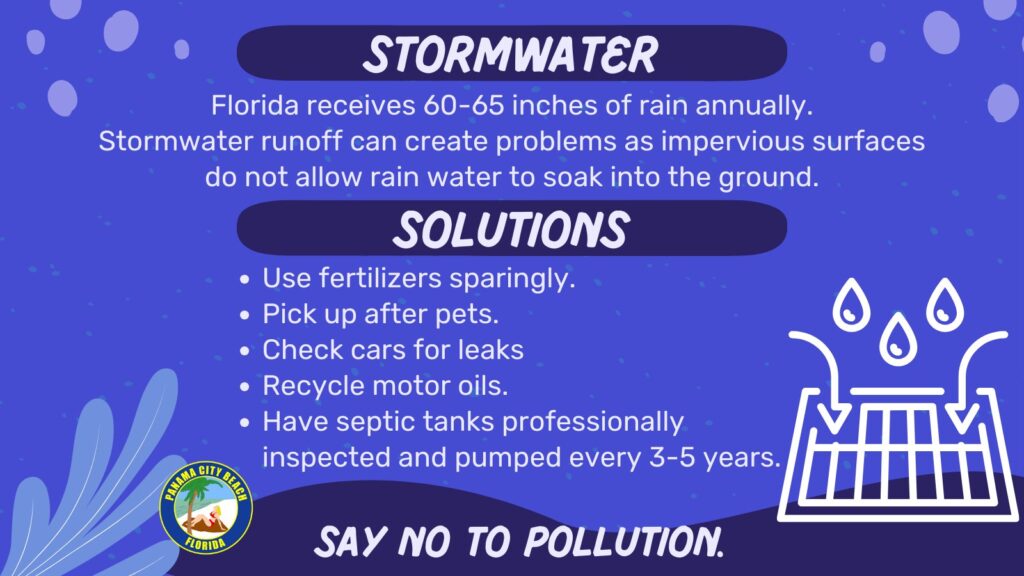Oil contamination in soil presents a significant environmental challenge, but nature provides a solution: plants. Bioremediation, the use of living organisms to remove or neutralize pollutants, has gained attention as an effective and eco-friendly method for cleaning up oil-contaminated soil. This article explores the potential of plants to be used as a natural remedy for this environmental issue.
Plants and Oil-Contaminated Soil
Various plants have been found to have the ability to remove oil from soil through a process called phytoremediation. Small plants, like ferns and grasses, are commonly used in areas where contamination is shallow. However, for deeper soil contamination and contaminated groundwater, trees such as poplars and willows, known for their deep-growing roots, are utilized for hydraulic control and efficient cleanup.
Bioremediation, specifically phytoremediation, offers a cost-effective and naturally occurring solution for oil-contaminated soil. By harnessing the power of plants and their associated microbes, this method effectively breaks down and removes oil pollutants from the soil.
Methods of Bioremediation
Bioremediation of oil-contaminated soil can be achieved through various methods, including biological, physical, and chemical approaches. However, biological remediation, which utilizes plants and microorganisms, is considered one of the most suitable and sustainable methods.
Some commonly used biological remediation methods for oil-contaminated soil include:
- Dredging/Excavation: Removing the contaminated soil and treating it through bioremediation.
- Soil Vapor Extraction/Multi-Phase Extraction: Extracting volatile contaminants from the soil and treating them through bioremediation.
- Solidification/Stabilization: Adding materials to the soil to immobilize and control the contaminants, followed by bioremediation.
- Bioremediation: Utilizing plants and microorganisms to break down and remove oil pollutants from the soil naturally.

Credit: www.mdpi.com
Plants for Bioremediation
Several plant species have shown promise in the bioremediation of oil-contaminated soil. These plants not only help in the cleanup process but also contribute to environmental sustainability. Some notable plants for bioremediation include:
| Plant Species | Benefits |
|---|---|
| Alfalfa (Medicago sativa L.) | Efficient in removing petroleum contaminants from soil. |
| Ryegrass (Lolium perenne L.) | Effective in the remediation of petroleum-contaminated soils. |
| Poplars and Willows | Utilized for hydraulic control and cleaning up deeper soil contamination. |

Credit: www.waste2water.com
The Benefits of Plant-Based Bioremediation
Using plants for bioremediation offers several advantages over traditional cleanup methods. Some of the key benefits include:
- Cost-effectiveness: Bioremediation using plants is often a more affordable option compared to other cleanup methods.
- Environmental sustainability: Plants help restore the ecological balance by naturally breaking down and removing pollutants.
- Long-term solution: Once established, plants continue to provide ongoing remediation, even after other cleanup methods are completed.
- Improved soil quality: The process of bioremediation not only removes contaminants but also enriches the soil, making it suitable for future use.
Conclusion
The use of plants for bioremediation of oil-contaminated soil is a promising and eco-friendly solution. Through the process of phytoremediation, plants and their associated microbes are able to effectively break down and remove oil pollutants from the soil. This method offers numerous benefits, including cost-effectiveness, environmental sustainability, and long-term remediation. By harnessing the power of nature, we can restore contaminated areas and create a healthier and cleaner environment for future generations.
Read More:


